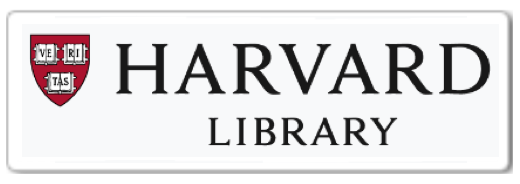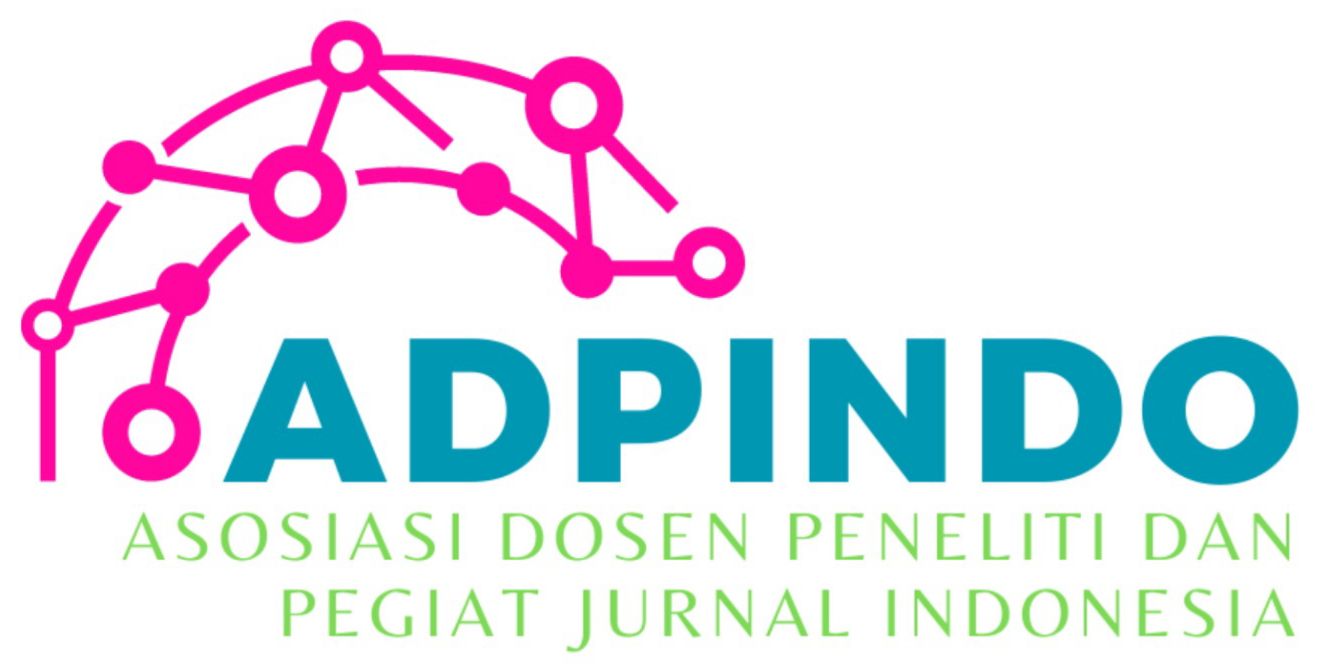POSITIONING OF HIGH SCHOOL / VOCATIONAL STUDENTS IN THE SELECTION OF UNIVERSITIES IN BANDAR LAMPUNG
Main Article Content
Ida Damayanti Baringin Manik
Indriati Gultom
This study investigated the problem of student positioning in choosing a college. Focused on factors such as, economic factors with indicators of parental income and education costs, social factors with indicators of family environment and friendship environment, interest factors with indicators of desire to continue to college, and motivation to continue to college. This study investigated the problem of student positioning in choosing a college. Focused on factors such as, economic factors with indicators of parental income and education costs, social factors with indicators of family environment and friendship environment, interest factors with indicators of desire to continue to college, and motivation to continue to college. The purpose of this study was to determine the positioning of high school / vocational students in choosing universities. From the results of the study showed that the positioning of students in Bandar Lampung tends to have a strong desire to continue their education to university, the majority of students tend to choose to live in Bandar Lampung probably because they want to stay close to their families and home environment, and it was found that many students still have the desire to study at state university. This research uses a qualitative approach, which is a research method used to examine the natural condition of objects. In this study, the data collection technique used the distribution of questionnaires to several respondents of SMA/SMK in Bandar Lampung. By analyzing data using descriptive statistics, the presentation of data in this study is with narrative text. Furthermore, presenting data in addition to narrative text, also using diagrams and tables.
Church, H. J., & Gillingham, D. W. (1985). Situational Position and Student Choice Criteria. Canadian Journal of Higher Education, 15(2), 31–51. https://doi.org/10.47678/cjhe.v15i2.182963
Hartini, H., &; Patompo, U. (2023). Segmenting, targeting, and positioning (Issue July).
Student, P. (2019). The relationship between self-efficacy and anxiety of students who speak in public. 11–32.
Puspasari, M., Wulandari, N. S., &; Palembang, U. M. (2019). Mardiana Puspasari POSITIONING OF PRIVATE UNIVERSITIES ACROSS ULU PALEMBANG Mardiana Puspasari. MOTIVATION Journal of Management and Business, 4(1), 644–653.
Rimbani, R. M. (2017). Chapter III Research Methodology [pdf]. 20–32. http://repository.unpas.ac.id/32645/5/BAB III.pdf
Sedyati, R. N. (2022). Higher Education as an Agent of Education and an Agent of Economic Growth. Journal of Economic Education: Scientific Journal of Education, Economics, and Social Sciences, 16(1), 155–160. https://doi.org/10.19184/jpe.v16i1.27957
Civilization, I., TEMA 19, &; Domenico, E. (2021). No 主観的健康感を中心とした在宅高齢者における健康関連指標に関する共分散構造分析Title. 03(02), 6.
Fumasoli, T., Barbato, G., &; Turri, M. (2020). The determinants of university strategic positioning: a reappraisal of the organisation. Higher Education, 80(2), 305–334. https://doi.org/10.1007/s10734-019-00481-6
Idris, R., & Mustari. (2015). Analysis of Factors Causing Not Continuing Education to Higher Education (Study of High School Graduates in Gandang Batu Sillanan District, Tana Toraja Regency). TOMALEBBI: Journal of Thought, Legal Research, Pancasila Education and Citizenship (PPKn), 2(3), 56–60. https://ojs.unm.ac.id/tomalebbi/article/view/1852
Marlinah, L. (2019). The Importance of the Role of Higher Education in Creating Human Resources with Innovator and Technopreneur Spirit Welcoming the Era of Society 5.0. Journal of IKRA-ITH Ekonomika, 2(3), 17–25. http://journals.upi-yai.ac.id/index.php/IKRAITH- EKONOMIKA/article/view/647
Muzni, A. I., &; Nurlaila, S. (2018). A comparative study of self-regulation in student learning at public universities and private universities. Central Education Lantern Journal ..., 3(2), 125–139. https://www.ojs.ummetro.ac.id/index.php/lentera/article/view/840/0






































